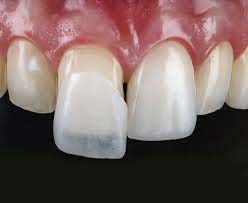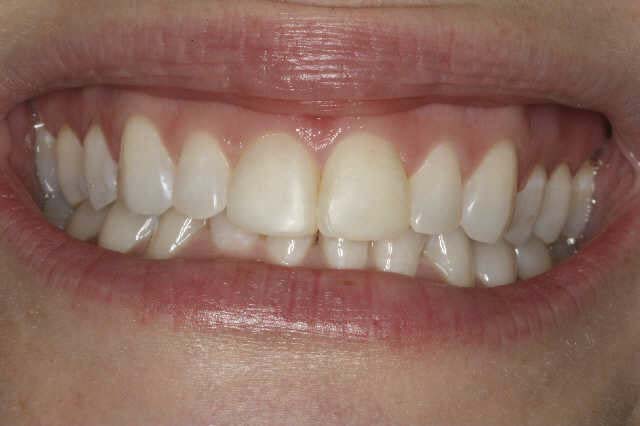Composite Bonding vs Porcelain Veneers – Which Is Better?
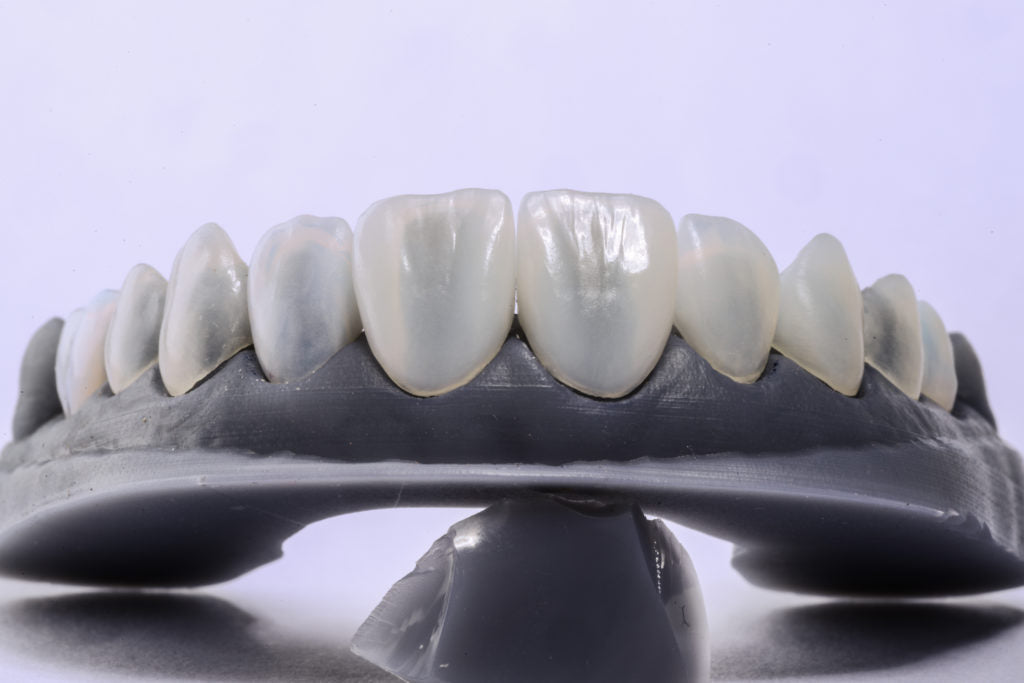
The start of the global phenomenon known as ‘Cosmetic’ Dentistry really began with the invention of the porcelain laminate veneer in the early 1980s. This was a way to change the shape size and colour of a tooth or many teeth by placing a thin layer of hand crafted porcelain, on to the tooth, by bonding it directly to tooth structure.
The concept and design was somewhat like an acrylic false nail. This created an incredibly durable adhesion, especially if the bonding was done to enamel (and not the softer dentine underneath the enamel).
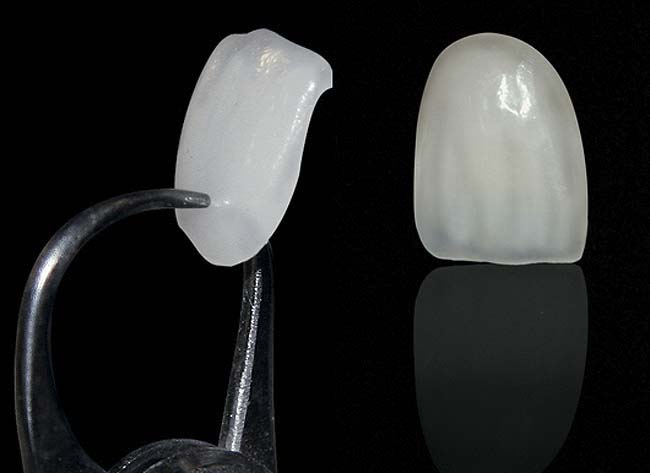
Porcelain Veneer (Courtesy Ivoclar Vivadent).
Initially this was designed to try to enhance a tooth without any preparation or ‘reduction’ of the tooth itself. However the thickness of the porcelain required to be durable and prevent fracturing (porcelain in thin section is very brittle) meant that this often resulted it teeth looking thicker than desired and that the gum health suffered due to the porcelain being too bulky and being a trap for plaque bacteria.
So the concepts of Smile Design and minimal tooth preparation followed, which now enabled the cosmetic dentist to be able to design a smile to the most ideal shapes, following the ancient Greek concept of the Golden Proportions.
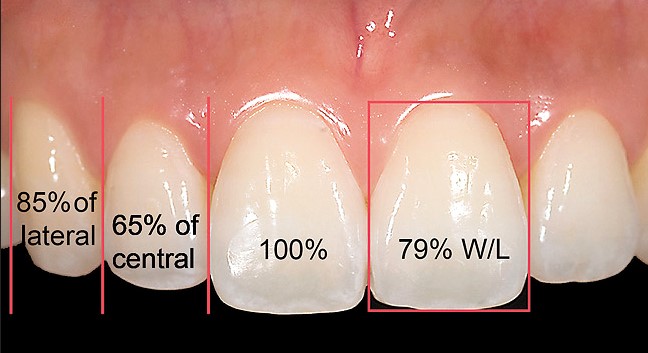
Golden Proportions applied to teeth design.
Simulation and ‘mock-up’ techniques soon followed that allowed the dentist and patient to ‘preview’ the expected result and this ensured that the design chosen matched the patients smile and face. The simulations were able to be carried out using Digital software, modifying a digital photograph of the patient’s teeth.
As the technique grew in popularity the boundaries of what the treatment could provide were pushed and the concept of “same day orthodontics” was born. This was in an era when adults rarely had orthodontic treatment to straighten their teeth (wasn’t that for kids?) and in fact little was know about how effective teeth straightening could be for adult patients.
The unfortunate side effect of “straightening” crooked teeth by using veneers, was that heavy tooth reduction often needed to be required. This was an irreversible procedure that resulted in tooth structure being lost forever and in some case with heavy tooth reduction required to get the result the patient desired, this put the nerves of the teeth at risk and in some cases root canal treatments were an unfortunate side effect.
Gladly the revolution of adult orthodontics meant that many patients could have either teeth straightening and tooth whitening alone to get a great smile or, that some straightening was done beforehand to allow very minimal “contact lens” tooth preparation to be carried out.
More recently there has been a fashionable move away from porcelain veneers to ‘bonding’ which uses composite resin (white filling material) to add to or fully cover (veneer) teeth to improve smiles. Indeed composite resin can be used as an alternative to porcelain and create the same smile design results in many cases.
Porcelain veneers done badly can also make the teeth look very ‘fake’.
Bonding
Composite resins and their ‘polishability’ and ability to mimic natural shiny tooth enamel have improved greatly over the last 10 to 15 years and now these materials can in some cases look as good, and sometimes better than porcelain veneers. They often do not require much or any tooth reduction as the material is applied almost like a thick paint or putty to the teeth and thus can be kept very thin. It does not normally require a dental ceramic technician to construct the veneer and therefore saves both the patient and dentist, time and money; composite veneers are usually about 50% less in investment cost compared to porcelain veneers! Sounds great right? Why would you want porcelain if they are so great?
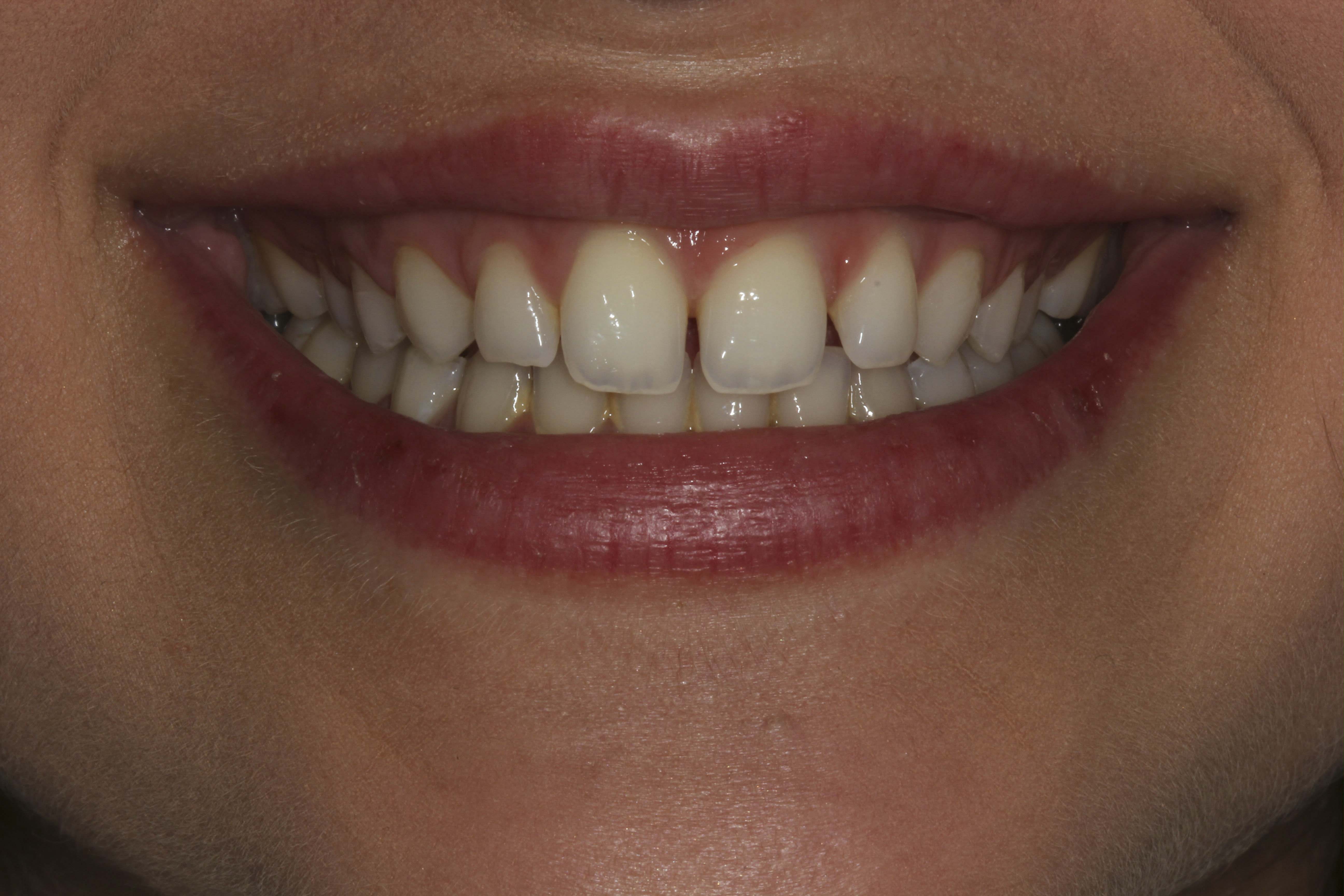
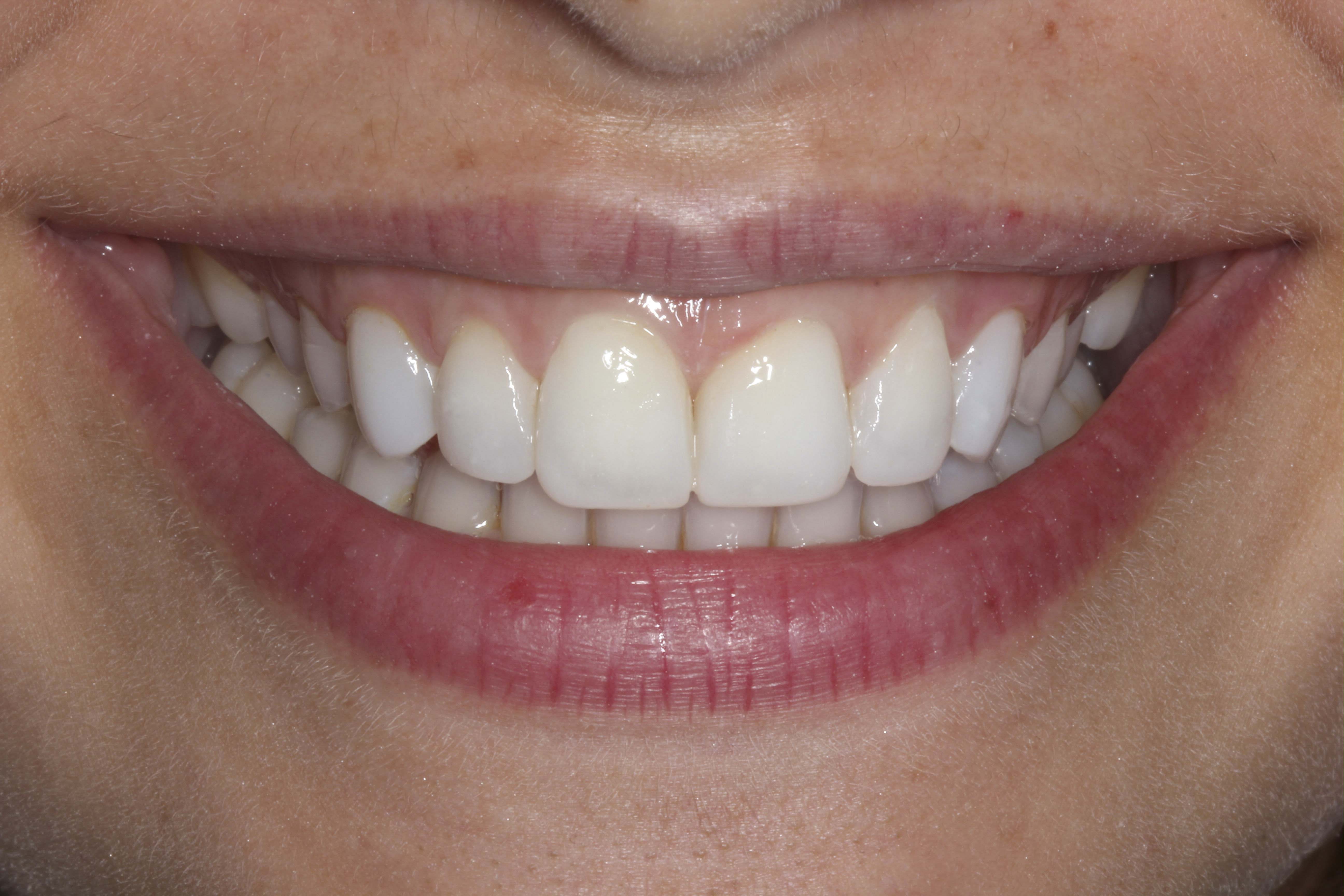
Before and after ‘no preparation’ composite bonding.
The truth is that no one treatment option or system is infallible and both have their own characteristic benefits as well as both having disadvantages, risks and potential complications. In general terms composite is cheaper and less ‘invasive’ but it will stain over time; it is also much less biologically compatible. What this means is that it will collect plaque bacteria much more readily and be responsible for far greater inflammation of the gums than most porcelains, even if placed very carefully and polished well.
Veneers
Composite resin is by its very nature porous (it has tiny holes and voids in its surface). Porcelain does not stain, is much healthier for the gums (as long as it is placed properly and correct tooth reduction is done when necessary). Well placed porcelain veneers, in a stable and gentle bite, can last 20 years before needing to be replaced. Composite veneers might need to be refurbished or indeed completely replaced after only 3-4 years.
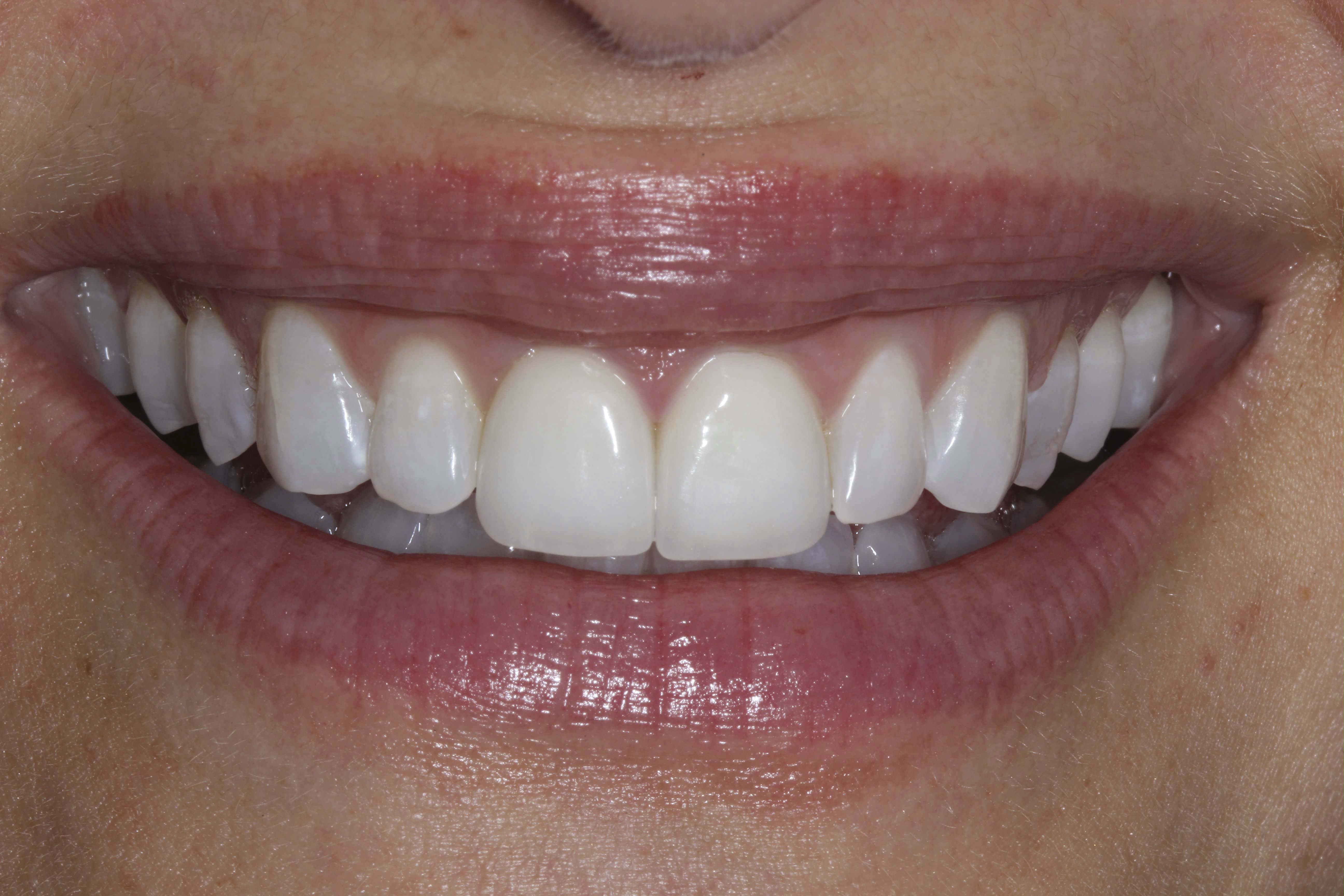
In general I personally tend to prefer composite bonding/veneers for younger patients. This is primarily due the desire to avoid tooth preparation, even if it is very minimal. This is a generalisation however as I have done many porcelain veneers in patients under 25 but usually here there is zero or only minuscule tooth preparation required (these patients usually have very small and often ‘gappy’ teeth).
If the patient already has many crowns or veneers made of porcelain than composite bonding is not rally an option and porcelain veneers are the treatment of choice.
Budget is a factor but of course the long term costs of continually having to refurbish or replace composite often outweigh the short term savings.
Choose carefully!
Choose your cosmetic or aesthetic dentist carefully. Look at their own portfolios of work at their clinics – do not always trust what Instagram shows you!
The skill of the dentist is also a huge factor when deciding on composite bonding – this is one of the most challenging treatments to do in cosmetic dentistry and only a handful of dentists have the natural abilities or have learned the skills required to produce excellent long term results with these types of veneers.

Skill and experience is of course also a factor when choosing a dentist to do your porcelain veneer smile makeover. Two key people are involved here, the cosmetic dentist and the dental ceramist. The very best and most natural and “aesthetic” results seen with porcelain veneer treatments require a very high level of skill from both these key professionals. The final ‘look’ or style of the veneers very much comes from the ceramist who in their field are considered to be both artists and craftsmen.
The key message is that not one size fits all, one option may or may not be suitable for you and it’s important to discuss all options carefully and choose a cosmetic or aesthetic dentist who has a lot of experience and skill before deciding what is right for you.
Look at their own portfolios of work (at their clinics – do not always trust what Instagram shows you!), their experience, their level of “accreditation” with cosmetic dentistry academies, their qualifications and the extra dental training they have done in these particular fields.
› DIG DEEPER ‹
![]()
Learn more about the Enlighten Teeth Whitening System HERE.
And to find an Enlighten whitening expert near you, hit the link below.
FIND A DENTIST

Or if it’s mini smile makeovers you want to dig deeper into, then give it a click right HERE.
_________________________________________________________________________
